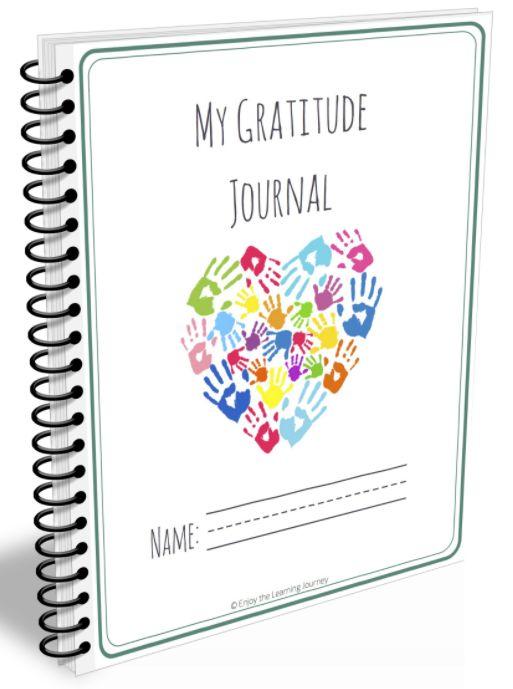Valentine’s Day offers the perfect opportunity for donor stewardship!
And you’ve still got time to send a little love your donors’ way.
Why might this be something for you to consider, amidst all the other “to-do’s” on your plate?
If you don’t do a lot more donor loving, you’re going to do a lot more donor losing.
I hope by now you know donor retention is the name of the game. It costs so much more to acquire a new donor than to keep an existing one. Yet too few nonprofits have serious, intentional donor stewardship programs in place. Because of that, on average, nonprofits lose more than 8 out of 10 first-time donors and more than 6 out of 10 ongoing ones.
Don’t be one of those organizations whose donors only hear from you when you want something from them.
Be generous, and show them how much their support means to you. Do this frequently, like it’s part of breathing for you.
They love you, and show you.
You love them, and show them.
You’ll be amazed at how a little love can go a long way.
There are 364 other days each year on which you can fundraise.
This year why not dedicate Valentine’s Day to giving, not asking? Think about those donors for whom you’d like to show some special love, because they showed you some. Show them you noticed! It could be:
-
Major donors.
-
Monthly donors.
-
Donors who’ve given faithfully for five years or more.
-
Donors who increased their giving this year.
-
Donors who also volunteer.
-
Board and committee members.
Details


 I often say “if you want gifts, you must give them.”
I often say “if you want gifts, you must give them.”






